45 identify the parts of the sun labeled a b c d and e
"Parts" of the Sun | Center for Science Education There are three main parts to the Sun's interior: the core, the radiative zone, and the convective zone. The core is at the center. It the hottest region, where the nuclear fusion reactions that power the Sun occur. Moving outward, next comes the radiative (or radiation) zone. ES-Jun 2017 Q31-40 | Earth Sciences Quiz - Quizizz Q. Base your answers to questions 9 and 10 on the diagrams below and on your knowledge of Earth science. The diagrams represent four columns, labeled A, B, C, and D, that are partially filled with equal volumes of dry, sorted sediments. A fine wire mesh screen covers the bottom of each column to prevent the sediment from falling out.
The sun's atmosphere: Photosphere, chromosphere and corona The photosphere is significantly cooler than temperatures at the sun's core, which can reach about 27 million F (15 million C) according to NASA (opens in new tab). The sun's photosphere is about ...
Identify the parts of the sun labeled a b c d and e
What are the Parts of the Sun? - Universe Today Core - The is the heart of the Sun, where the temperatures and pressures are so high that nuclear fusion reactions can happen. All of the energy coming from the Sun originates from the core.... What Are The Layers Of The Sun? - WorldAtlas The layers of the Sun are divided into two larger groups, the outer and the inner layers. The outer layers are the Corona, the Transition Region, the Chromosphere, and the Photosphere, while the inner layers are the Core, the Radiative Zone, and the Convection Zone. The Outer Layers Corona Transition region Chromosphere Photosphere Layers of the Sun - The Sun Today with Dr. C. Alex Young The Sun's visible surface the photosphere is "only" about 5,800 K (10,000 degrees F). Just above the photosphere is a thin layer called the chromosphere. The name chromosphere is derived from the word chromos, the Greek word for color. It can be detected in red hydrogen-alpha light meaning that it appears bright red.
Identify the parts of the sun labeled a b c d and e. Parts of the Sun Flashcards | Quizlet Lowest layer of the Sun's atmosphere; gives off light and has temperatures of about 6,000K. Chromosphere Layer of the Sun's atmosphere above the photosphere. Prominence Links different parts of the sun spot regions together. Corona Layer of the Sun that is only visible during a solar eclipse. Sets with similar terms Layers of the Sun The Sun Identify the parts of the Sun labeled A, B, C, D, and E. Label A Answer: Layer A- CORE Layer B- RADIATIVE ZONE layer C- CONVECTIVE ZONE Layer D- PHOTOSPHERE Layer E- CHROMOSPHERE Explanation: The core of the sun is the interior past where nuclear reactions leads to the consumption of hydrogen gas in order to form helium gas. These reactions releases a significantly huge amount of energy that emits from the the surface in the form of visible light and are ... Diagram of the Solar System - Universe Today Mars - Mars is the fourth planet from the Sun, and is much smaller and colder than the Earth. Temperatures on Mars can rise to 20-degrees C, but dip down to -140-degrees C in the northern winters.... Layers of the Sun | NASA The outer layers are the Photosphere, the Chromosphere, the Transition Region and the Corona. IRIS will focus its investigation on the Chromosphere and Transition Region. More detail on the outer layers follows: Photosphere - The photosphere is the deepest layer of the Sun that we can observe directly.
NASA - Layers of the Sun This graphic shows a model of the layers of the Sun, with approximate mileage ranges for each layer: for the inner layers, the mileage is from the sun's core; for the outer layers, the mileage is from the sun's surface. The inner layers are the Core, Radiative Zone and Convection Zone. The outer layers are the Photosphere, the Chromosphere, the Transition Region and the Corona. IRIS will focus ... Layers of the Sun Flashcards | Quizlet Chromosphere the layer of the sun's atmosphere that has a reddish glow. Sunspot the areas of gas on the sun's surface that are cooer than the gases around them. Corona the layer of the sun's atmosphere that looks like a halo during an eclipse. Nuclear Fusion the joining of atoms to form larger ones (Example: two hydrogens form helium) Photosphere Labelling the Sun For the exercise below, identify each of the parts of ... Labelling the Sun For the exercise below, identify each of the parts of the Sun and what they do (for example, what it is or what happens there). Some are regions (for example, #1), and some are particular items you'd see on the Sun (for example, #9). Your answers to the "What it is, or what it does" should be clear and in complete sentences 15.1 The Structure and Composition of the Sun - OpenStax The fact that our Sun and the stars all have similar compositions and are made up of mostly hydrogen and helium was first shown in a brilliant thesis in 1925 by Cecilia Payne-Gaposchkin, the first woman to get a PhD in astronomy in the United States (Figure 15.3).However, the idea that the simplest light gases—hydrogen and helium—were the most abundant elements in stars was so unexpected ...
Astronomy Ch. 14 Flashcards | Quizlet The Sun is combusting hydrogen in a fire and releasing energy. b. The Sun is fusing hydrogen into uranium and releasing energy. c. The Sun is made of mostly hydrogen at very high temperature. d. The Sun is fusing hydrogen into helium and releasing energy. e. The Sun is accumulating hydrogen from the solar wind and releasing energy. D 14. June 2018 Earth Science Regents - Part A Quiz - Quizizz cuts across rock layers. Question 18. 60 seconds. Q. The cross section shown represents a mountain range. Points A and B represent locations on Earth's surface. Compared to the climate of location A, the climate of location B is most likely. answer choices. cooler and wetter. Study 24 Terms | HW 7 Flashcards | Quizlet b. the magnetic field lines of the Sun are shifted due to the strong magnetic field of Mercury and its fast orbital speed c. different regions of the Sun rotate in opposite directions causing the magnetic field lines to become twisted d. different latitudes of the Sun rotate at different rates, causing the magnetic field to get tangled Layers of the Sun | Parts of the Sun | DK Find Out At the very center is the dense, hot core. Around the core lie two layers: a thick layer called the radiative zone and a thinner, cooler layer called the convective zone. Surrounding all of them is the sun's surface layer, known as the photosphere. Above this lies the sun's thin atmosphere, which is made up of the chromosphere and the corona.
The Structure and Composition of the Sun | Astronomy | | Course Hero Parts of the Sun: This illustration shows the different parts of the Sun, from the hot core where the energy is generated through regions where energy is transported outward, first by radiation, then by convection, and then out through the solar atmosphere. The parts of the atmosphere are also labeled the photosphere, chromosphere, and corona.
astronomy midterm 3 homework Flashcards | Quizlet c. from the vantage point of earth in the diagram (ch 13 q 4), how will the parallax of star a compare to that of star b. choose one: a. star a has 4x the parallax of star b. b. star ha has 2x the parallax of star b. c. star a has 1/4 the parallax of star b. d. star a has 1/2 the parallax of star b.
2022 UPDATED!!! Identify the parts of the Sun labeled A, B, C, D, and E ... THIS USER ASKED 👇 Identify the parts of the Sun labeled A, B, C, D, and E. Label A Label B Label C Label D Label E THIS IS THE BEST ANSWER 👇 Layer A-
Identify the parts of the Sun labeled A, B, C, D, and E. Label A Identify the parts of the Sun labeled A, B, C, D, and E. Label A Label B Label C Label D Label E Advertisement Answer 4.1 /5 11 368esc07 Layer A- CORE Layer B- RADIATIVE ZONE layer C- CONVECTIVE ZONE Layer D- PHOTOSPHERE Layer E- CHROMOSPHERE Still stuck? Get 1-on-1 help from an expert tutor now. Layer E - Corona °C re lay hai. Anti b km mm
Layers of the Sun - The Sun Today with Dr. C. Alex Young The Sun's visible surface the photosphere is "only" about 5,800 K (10,000 degrees F). Just above the photosphere is a thin layer called the chromosphere. The name chromosphere is derived from the word chromos, the Greek word for color. It can be detected in red hydrogen-alpha light meaning that it appears bright red.
What Are The Layers Of The Sun? - WorldAtlas The layers of the Sun are divided into two larger groups, the outer and the inner layers. The outer layers are the Corona, the Transition Region, the Chromosphere, and the Photosphere, while the inner layers are the Core, the Radiative Zone, and the Convection Zone. The Outer Layers Corona Transition region Chromosphere Photosphere
What are the Parts of the Sun? - Universe Today Core - The is the heart of the Sun, where the temperatures and pressures are so high that nuclear fusion reactions can happen. All of the energy coming from the Sun originates from the core....
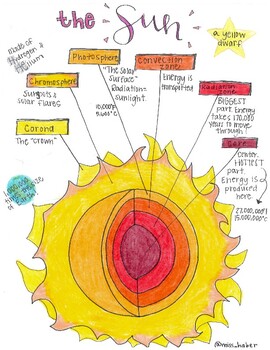

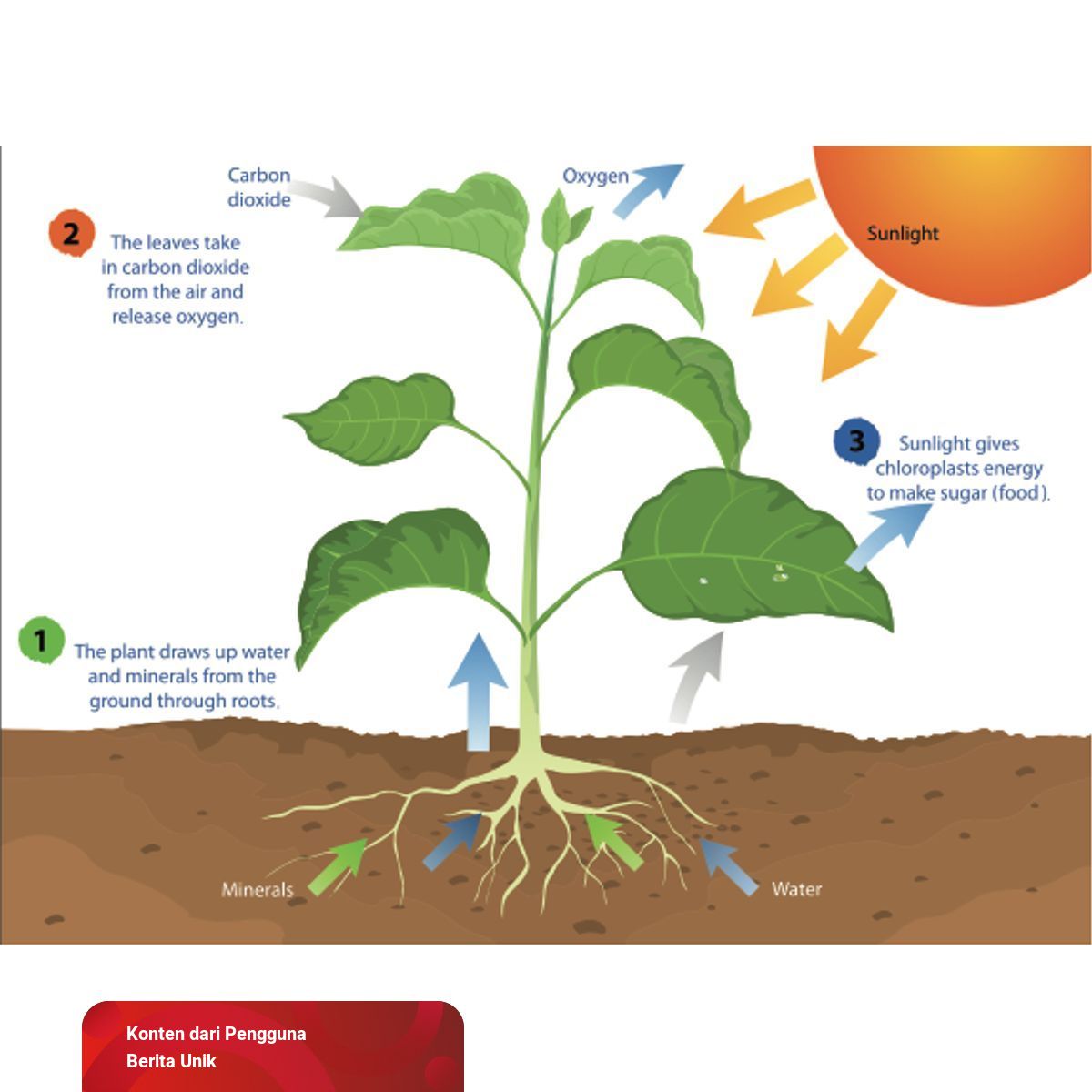
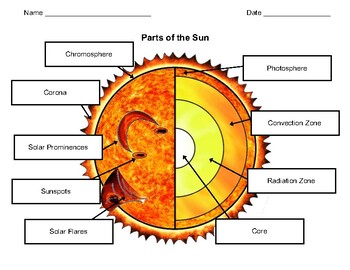
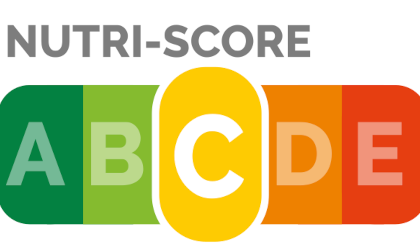








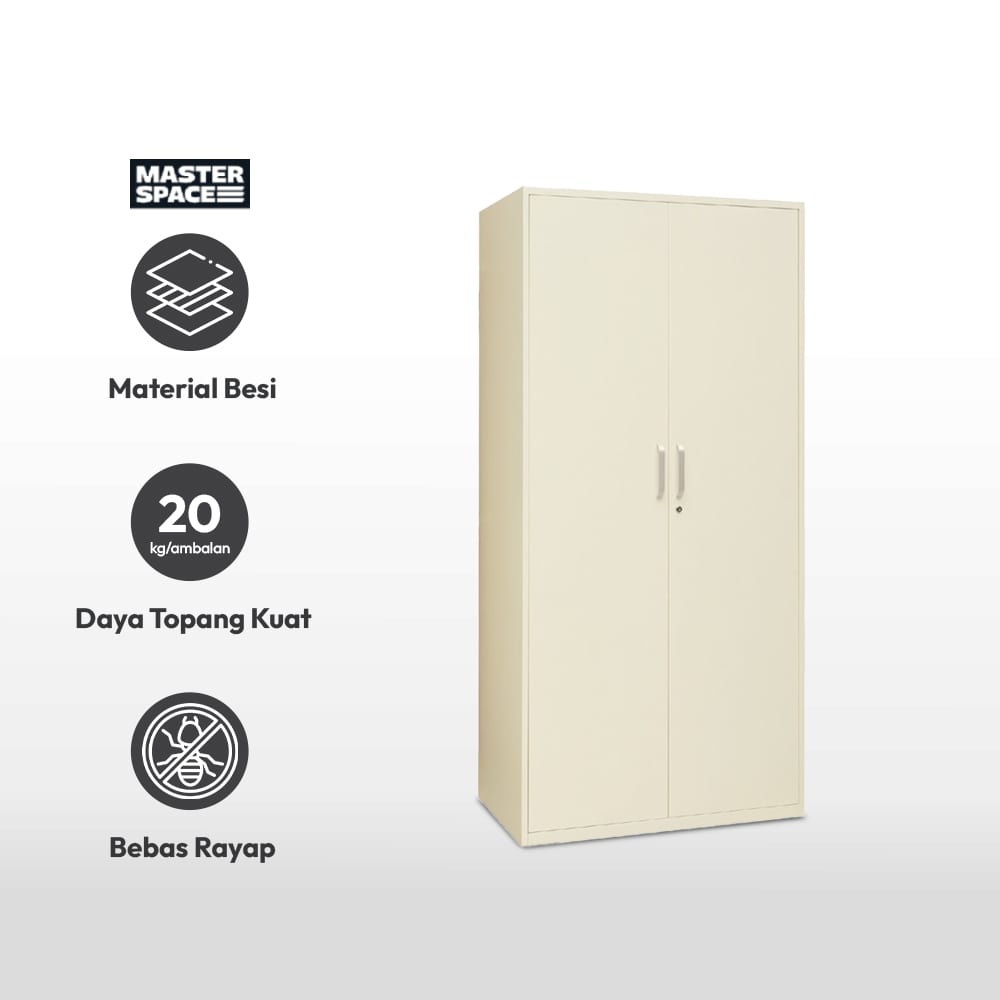





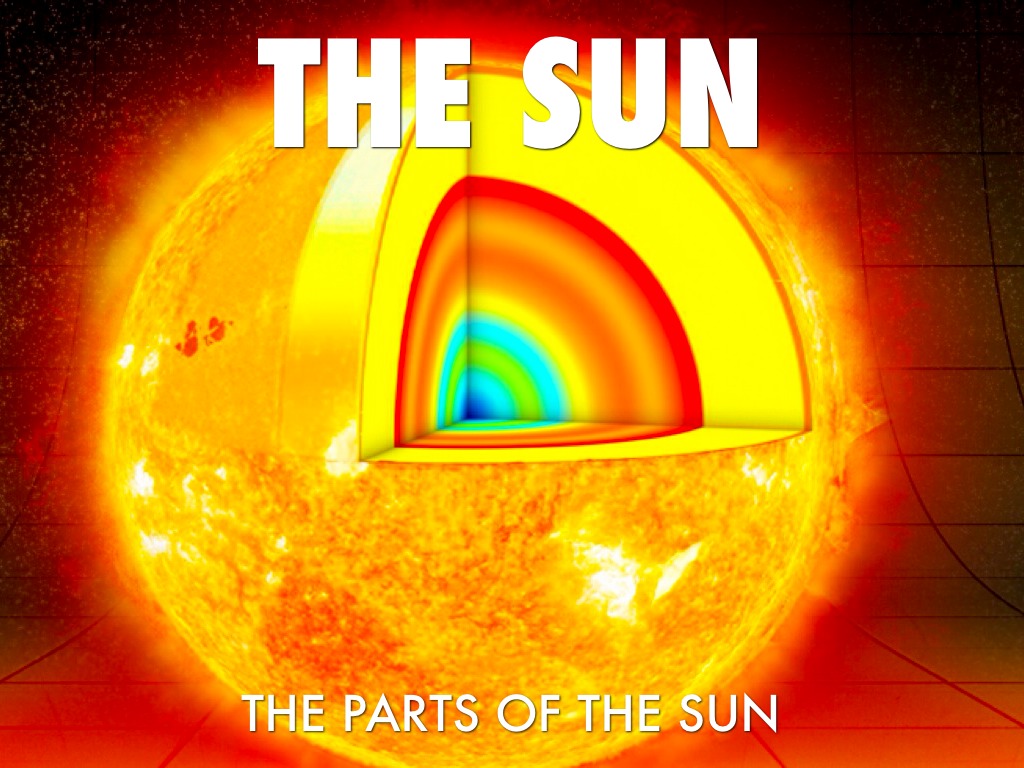
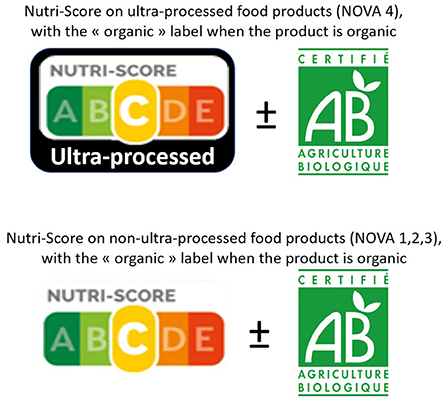



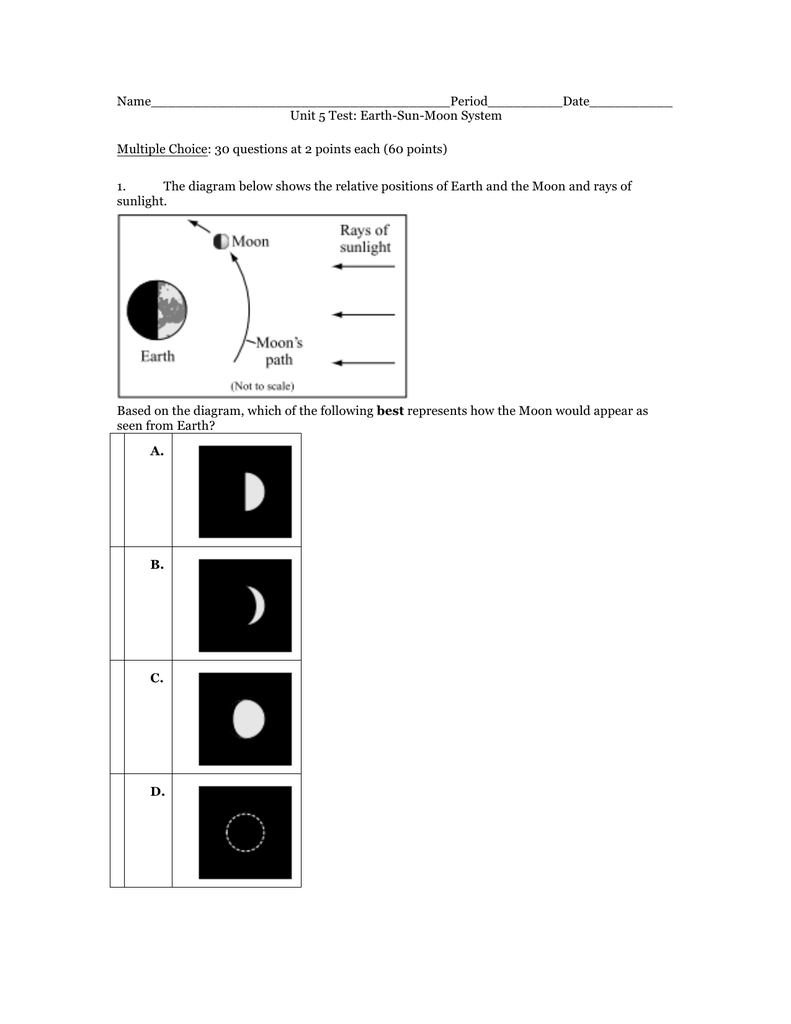



Post a Comment for "45 identify the parts of the sun labeled a b c d and e"